Beautiful flowers have deadly poison
Despite their brilliant colors and captivating beauty, many flowers contain poisonous substances that can kill people.
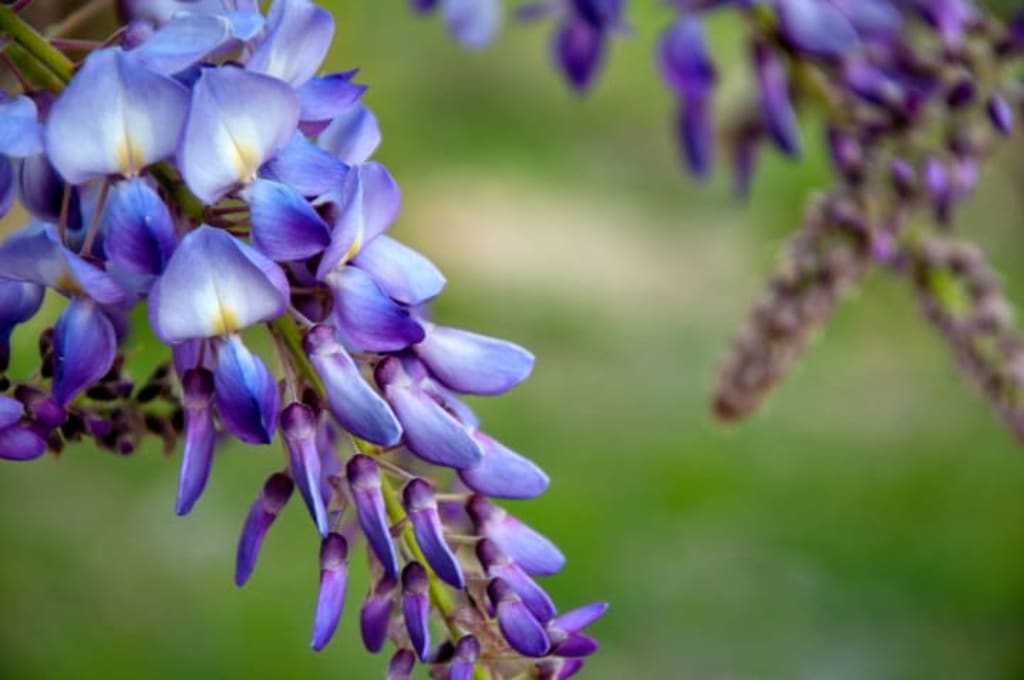
1. Lily (angel's trumpet, devil's breath)
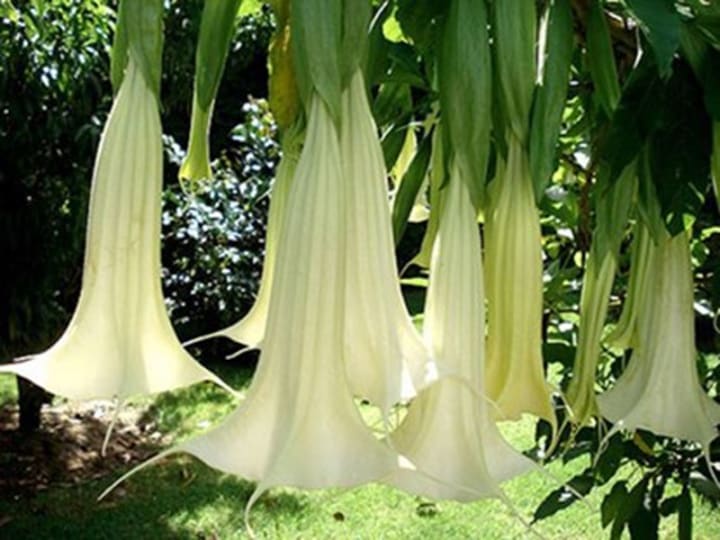
On the surface, these white or yellow, pinkish white, red lilies seem harmless. But this is a plant with a very terrible poison. Originating from Colombia, this plant is known as “ devil’s breath ”.
The "devil's breath" flower is said to contain a highly toxic substance that causes the victim to fall into an unconscious state, unable to control their behavior.
The " devil's breath " flower is said to have a poisonous substance that causes the victim to fall into a state of unconsciousness and uncontrollable behavior.
Just by smelling the flowers, the victim will immediately fall into an unconscious state, unable to control their behavior and babbling . This flower extract is said to be a means for criminals to hypnotize and poison victims to defraud them of their property or rape women without the victim's knowledge.
2. Wisteria (purple beans)
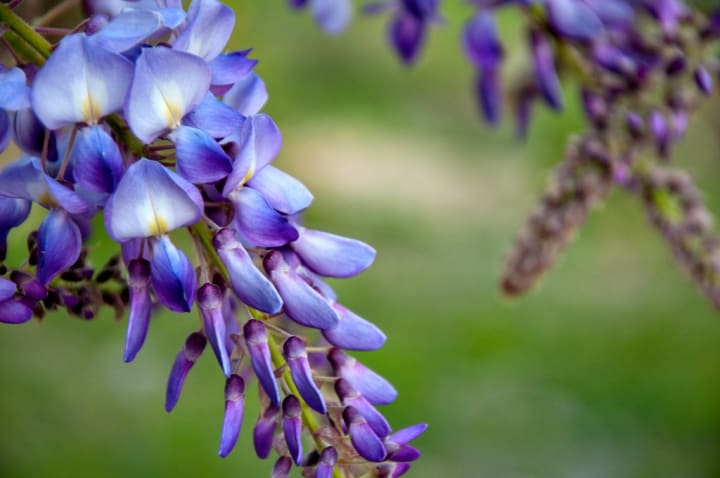
If you eat wisteria flowers, you will be poisoned, have cramps and diarrhea.
If you eat wisteria flowers, you will be poisoned, have cramps and diarrhea.
It is a legume, climbing vine, with beautiful purple flower clusters, commonly grown as an ornamental plant in China, Japan, Korea, etc.
Wisteria flowers are both beautiful and fragrant. However, wisteria seeds are very poisonous . If eaten, they can cause poisoning, vomiting, cramps and diarrhea.
3. Canary flower (yellow scorpion flower, osaka flower)
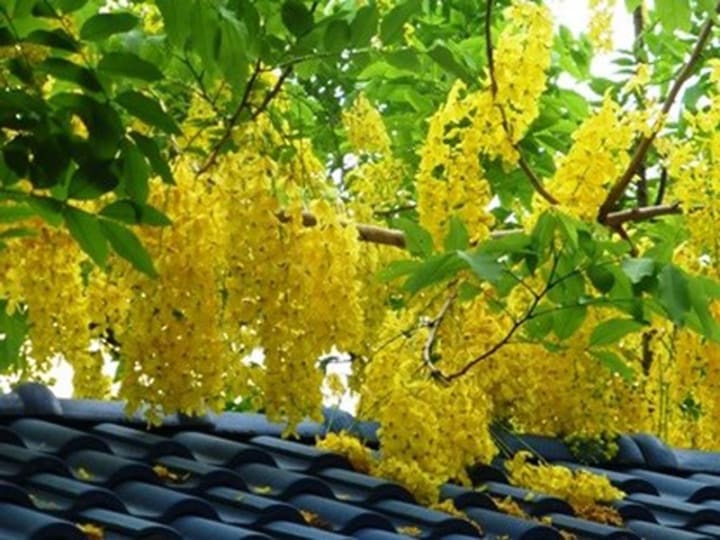
The leaves, flowers, and fruits of the Cassia fistula tree can all cause poisoning if eaten.
Both the leaves, flowers, and fruits of the cassava plant can cause poisoning if eaten.
Also a legume, the royal poinciana is a woody plant with a round canopy. The flowers bloom in bright yellow clusters from June to September every year. The flower clusters are long, drooping, 20-40 cm long, and the flower clusters are large.
The Cassia fistula fruit is long and contains oval-shaped seeds. The flowers, leaves, fruits and seeds of the Cassia fistula are all poisonous and will cause poisoning if eaten.
4. Hydrangea (disc flower)
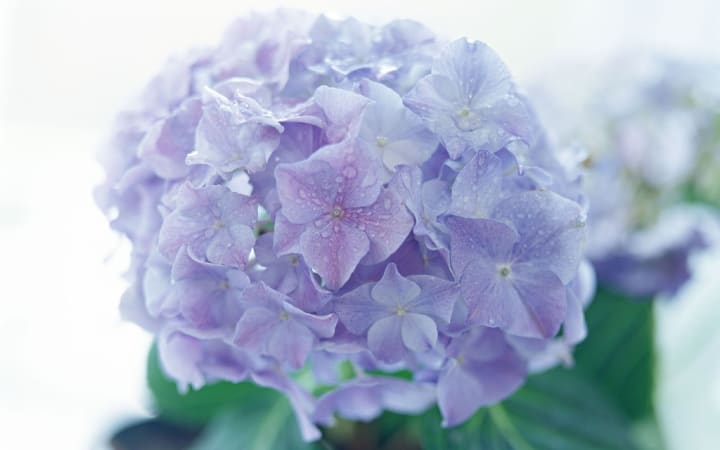
In history, Queen Cleopatra once forced her servants to commit suicide with this flower.
In history, Queen Cleopatra once forced her servants to commit suicide with this flower.
Hydrangeas with beautiful pink, white, and blue spherical flowers that we often see grown as ornamental plants are actually not gentle plants. Both hydrangea leaves and flowers contain toxins . In history, Queen Cleopatra once forced her servants to commit suicide with this flower.
Therefore, if you accidentally ingest this toxin, you can immediately experience itching, vomiting, sweating and severe stomach pain. More seriously, it can lead to coma, convulsions, and blood circulation disorders.
5. Calla lily
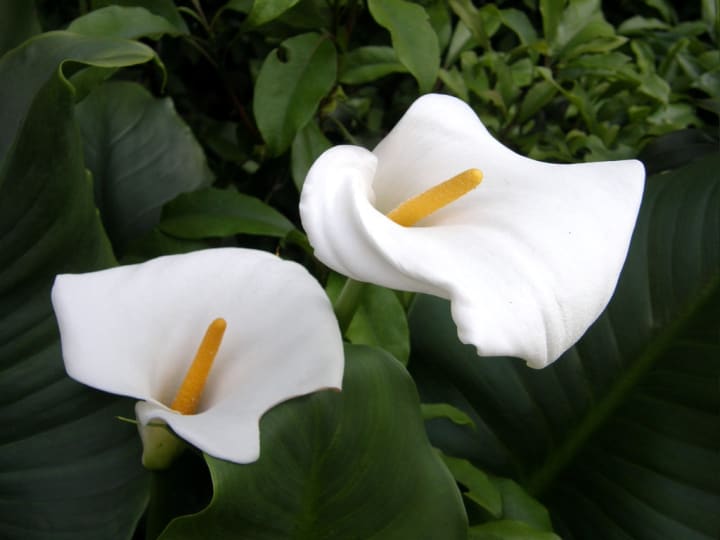
This flower, favored by many brides, contains a lot of the toxic substance calcium oxalate.
This flower, favored by many brides, contains a lot of the toxic substance calcium oxalate.
The leaves and bulbs of safflower contain calcium oxalate, an intestinal toxin . If you mistakenly or accidentally eat it, you will be poisoned. Common symptoms are vomiting, burning mouth, numbness of the tongue, and swelling of the mucosal surface.
6. Aloe vera (aloe vera)
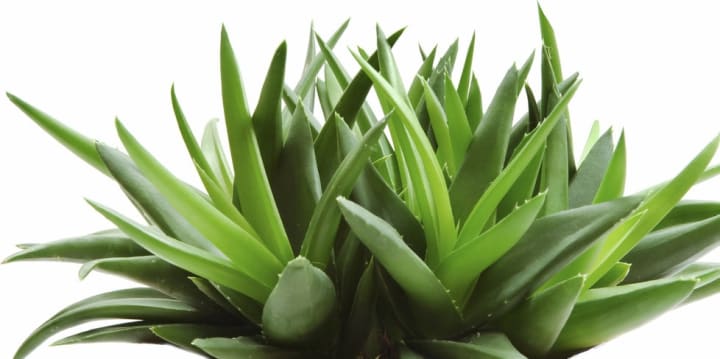
This is a very familiar plant, widely used for beauty care, cooking tea, etc. However, this plant is classified by Eastern medicine practitioners as a laxative and diuretic.
Pregnant women who eat a lot of aloe vera are at risk of miscarriage.
Pregnant women who eat a lot of aloe vera are at risk of miscarriage.
People with heart disease should not use aloe vera because it can cause arrhythmia . High doses of aloe vera can cause poisoning, itchy skin, dizziness, and gastrointestinal bleeding.
Pregnant women especially should not use aloe vera because it has the potential to cause miscarriage.
7. Oleander
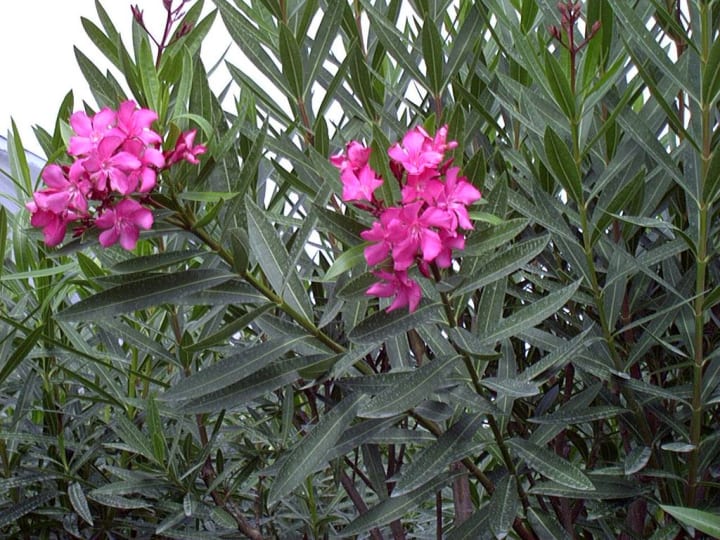
Oleander is a highly toxic plant, dangerous to the heart.
Oleander is a highly toxic plant, dangerous to the heart.
This is a highly toxic flower, very dangerous to the cardiovascular system . This poison is present in the plant, leaves, flowers, fruit, and seeds of oleander. Symptoms appear 10-15 minutes after eating with symptoms of severe nausea, vomiting, drowsiness, headache, fatigue, continuous diarrhea, and severe arrhythmia.
If not treated promptly, it can cause cardiovascular collapse, uncontrolled blood pressure leading to death. In many places, oleander leaves and seeds are crushed to make a very effective pesticide.
8. Zigzag flowers
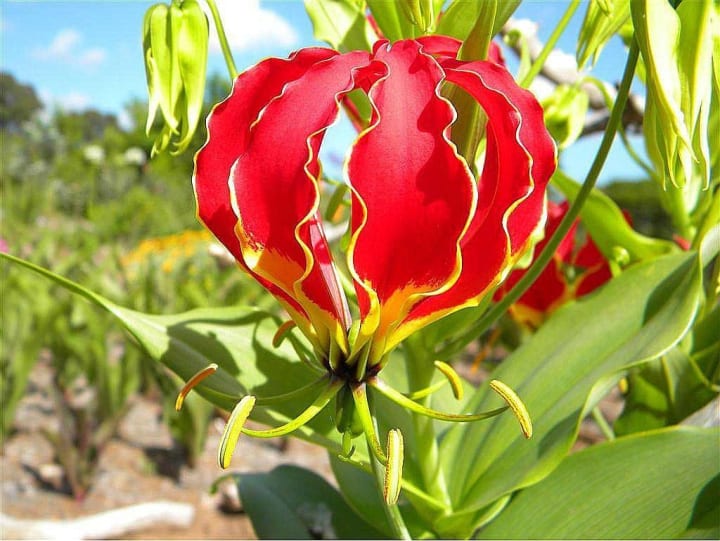
Ngoc Ngoc flowers contain the highly toxic substance colchicine and a number of other toxins.
Ngoc Ngoc flowers contain the highly toxic substance colchicine and a number of other toxins.
The scientific name is Gloriosa superba. The tubers and seeds of the plant contain the highly toxic substance Colchicine and several other alkaloids which, if ingested, will numb the tongue, causing the body to lose sensation, and in severe cases, cause coma and, if not treated promptly, lead to death.
9. Flowers need water
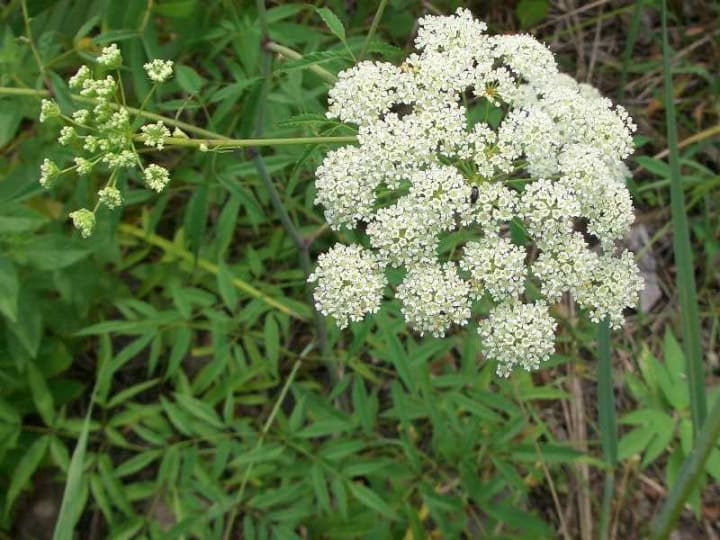
The water plant is considered the most toxic plant in North America. In Vietnam, this tree grows in wet swamps, lakes and ponds.
The water plant is considered the most toxic plant in North America. In Vietnam, this tree grows in wet swamps, lakes and ponds.
According to the US Department of Agriculture, water hemlock is the most poisonous plant in North America . The flowers and stems are safe, but the roots contain a deadly sap that can be ingested in very small amounts, with the main ingredient being cicutoxin, which causes convulsions and strokes.
10. Thyme flower
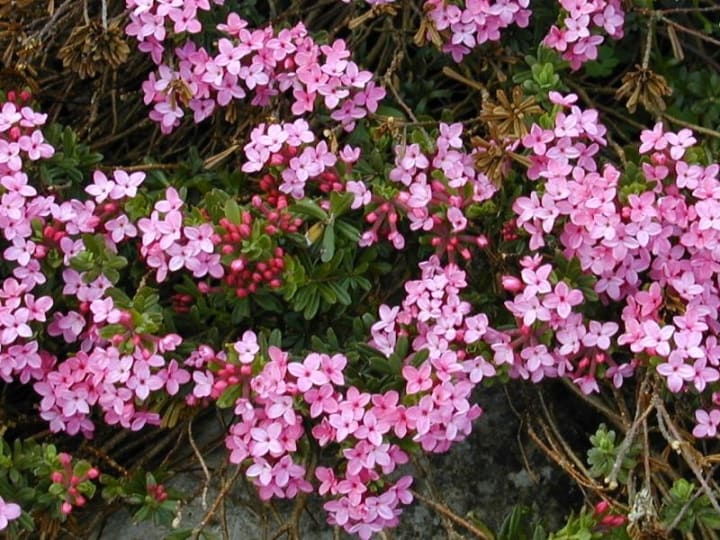
Turmeric is an extremely toxic plant with highly toxic mezerein.
Turmeric is an extremely toxic plant with highly toxic mezerein.
The Chinese clematis is a very popular ornamental shrub in Europe, recently introduced to Vietnam and widely grown in villas. However, this is an extremely toxic plant with highly toxic mezerein.
If you accidentally eat the leaves or fruit, the initial symptoms are severe nausea and vomiting, followed by internal bleeding, coma and then death.
11. Foxglove
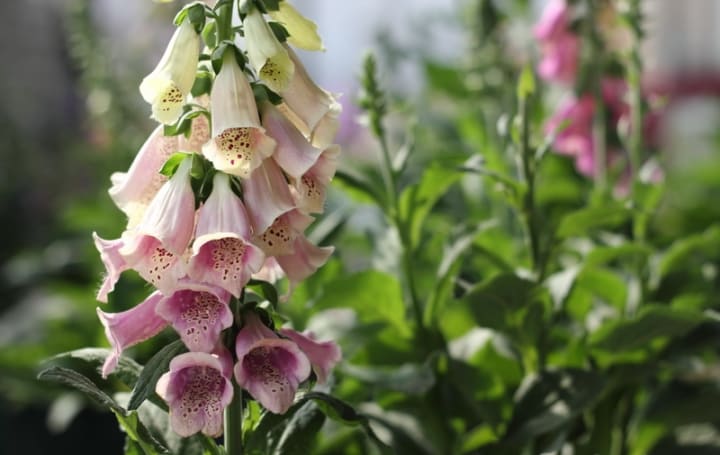
If you eat foxglove flowers, you will have stomachache and heart rhythm disturbances.
If you eat foxglove flowers, you will have stomachache and heart rhythm disturbances.
This is a beautiful flower with clusters of flowers pointing straight up like a tower. This flower is also an ingredient in making medicine to treat heart disease and some other common diseases such as anemia and constipation. But if eaten fresh, they can cause heart rhythm disturbances and severe stomach pain.
12. Hyacinth
Hyacinth flowers at night will emit many small seeds that stimulate the sense of smell. People often plant a small bush of these flowers around the house because they have the effect of repelling mosquitoes.
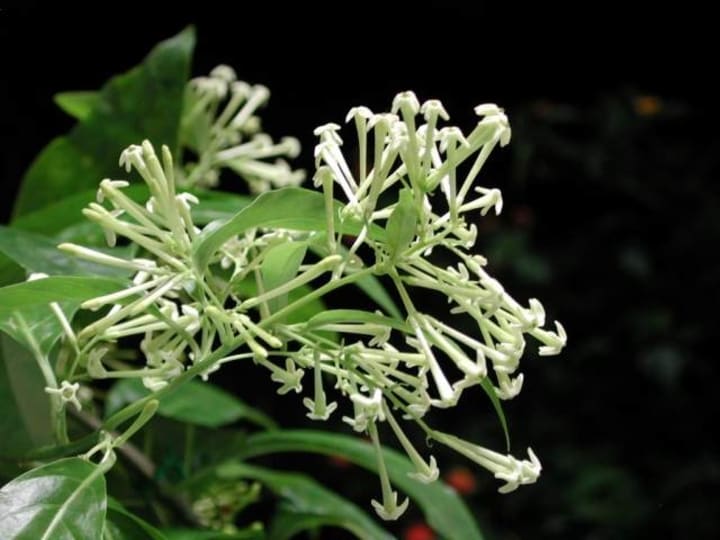
This flower contains a toxic alkaline substance, if exposed to the flower for too long it will cause hair to fall out quickly.
This flower contains a toxic alkaline substance, if exposed to the flower for too long it will cause hair to fall out quickly.
However, smelling too much and too long of the scent of tuberose will make people with high blood pressure and heart disease feel dizzy , uncomfortable, and can even make the condition worse.
This flower contains a toxic alkaline substance, if exposed to the flower for too long it will cause hair to fall out quickly.
13. Ivy
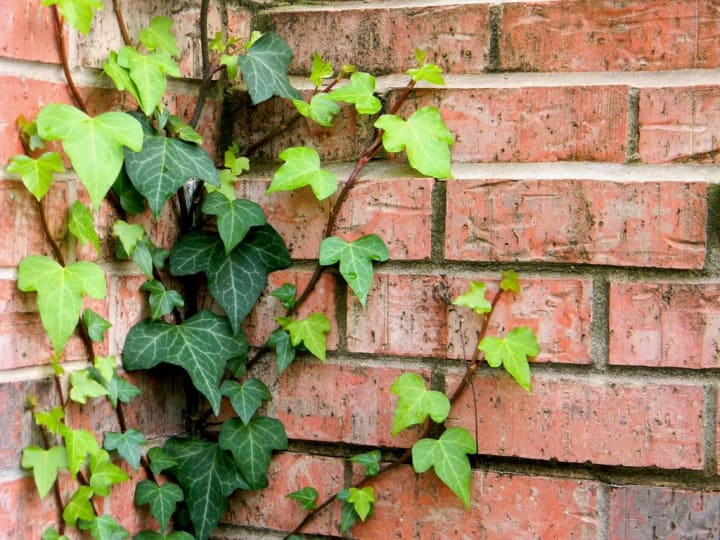
Ivy leaves can cause difficulty breathing, nausea, rash, acne, vomiting, paralysis or coma.Ivy leaves can cause difficulty breathing, nausea, rash, acne, vomiting, paralysis or coma.
Ivy is a family of vines, so it is often grown indoors as an ornamental plant or grown in a trellis on the wall of the house. However, these green ivy leaves contain toxins that are harmful to human health, leading to phenomena such as difficulty breathing, nausea, rashes, acne, vomiting, paralysis or coma. .
14. Yew tree (red pine)
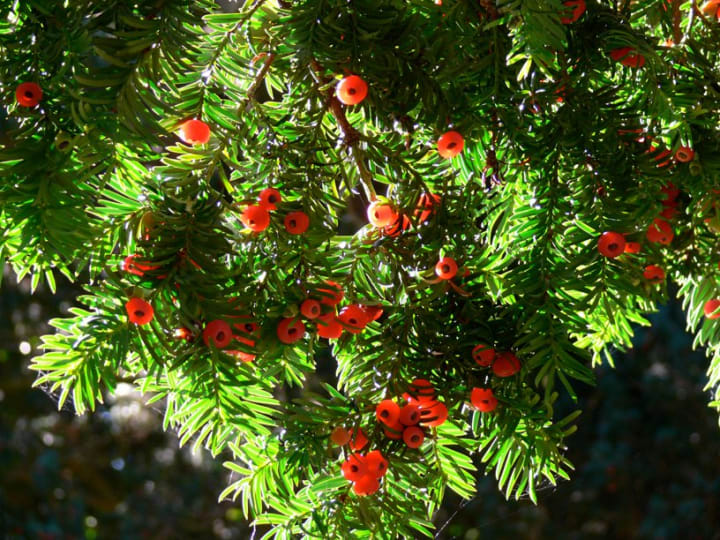
Every part of the yew tree has a deadly toxin.Every part of the yew tree has a deadly toxin.
Yew is a very popular shrub in European, African and Middle Eastern countries. When it bears fruit, the fruit of this plant is soft, ripe red and very eye-catching, but like oleander, all parts of this plant contain deadly toxins. In particular, anyone who eats yew seeds will be paralyzed or convulsed and will die within minutes.
15. Daffodils
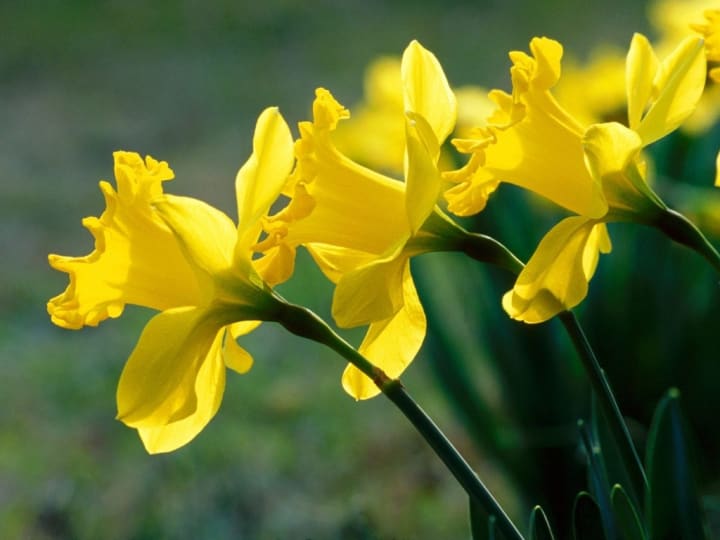
If you accidentally eat daffodils, you may develop a red rash or sores on your skin.If you accidentally eat daffodils, you may develop a red rash or sores on your skin.
Daffodils are one of the most beautiful and beloved flowers. However, if you accidentally eat this flower, you may be poisoned by the toxins in the flower , causing paralysis, red rashes or ulcers on the skin.
16. White Baneberry flowers
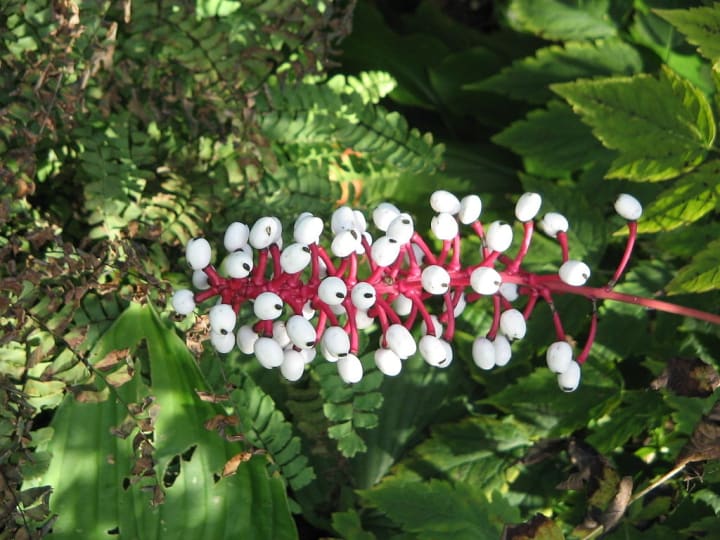
The poison in baneberries can cause instantaneous cardiac arrest.The poison in baneberries can cause instantaneous cardiac arrest.
Baneberry is found in Eastern and North America. All parts of the plant are highly toxic, but the flowers and berries are the most toxic. The poison in the attractive, plump baneberry berries can cause instant cardiac arrest.
17. Bauhinia tree
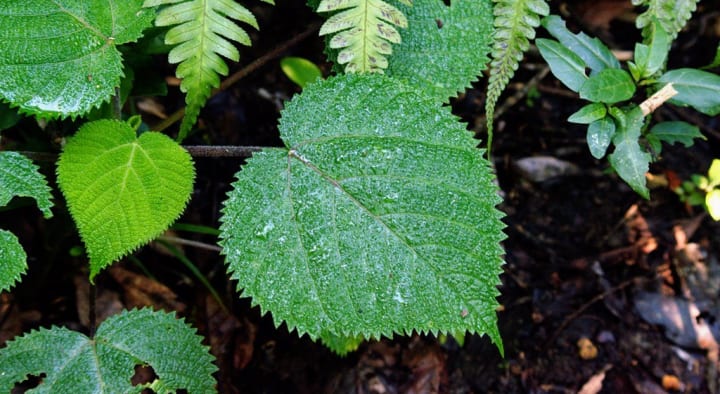
The hairs on the leaves of the banyan tree contain very high levels of toxins.The hairs on the leaves of the banyan tree contain very high levels of toxins.
The plant is characterized by its broad green leaves covered with sharp hairs. These hairs contain a very high level of toxins, and even a slight touch can cause pain that lasts for days, even months. More seriously, this plant can also cause death .
18. Aconite (Aconite)
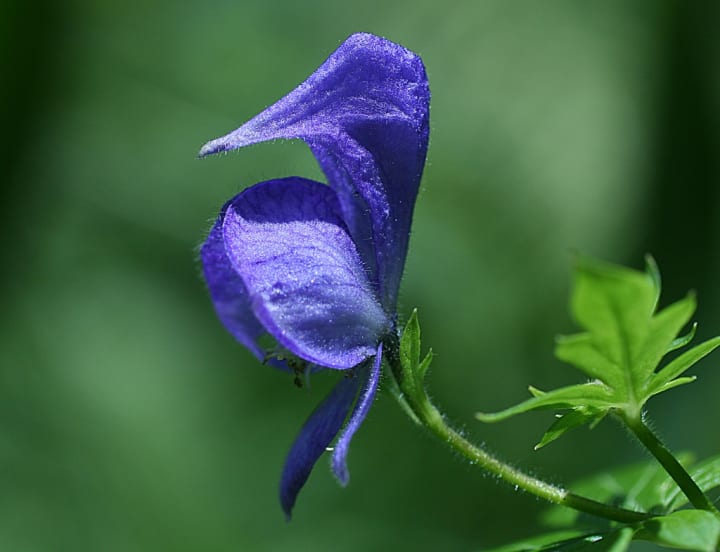
Aconite causes vomiting, dizziness, and diarrhea if accidentally ingested.Aconite causes vomiting, dizziness, and diarrhea if accidentally ingested.
Astragalus is a poisonous plant that causes vomiting, dizziness, and diarrhea if accidentally touched. If you accidentally eat this plant, you will experience heart palpitations, then heart paralysis, stop breathing and lead to death.
19. The "dead" apple tree
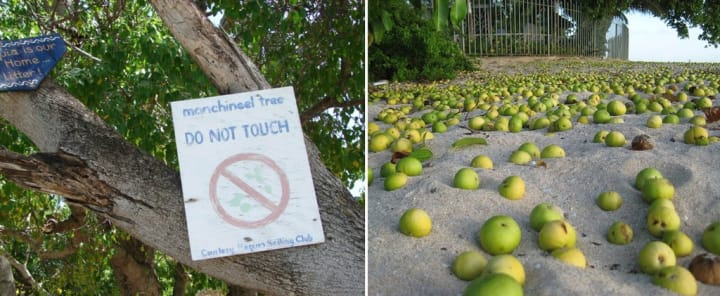
The sap of this apple tree is extremely dangerous. If it gets on your body, death is inevitable.The sap of this apple tree is extremely dangerous. If it gets on your body, death is inevitable.
This tree has a large canopy and is often planted near the sea to block waves. The fruit is green and when ripe, it is reddish yellow, looking very much like an apple. However, this tree is so toxic that people have to hang warning signs on the tree trunk asking people to stay at least 6 meters away from it to avoid letting the sap get on their skin. If you let tree sap get on your body, death is inevitable. Even standing under a tree can cause itchy skin, rashes and rashes.
20. Evergreen tree
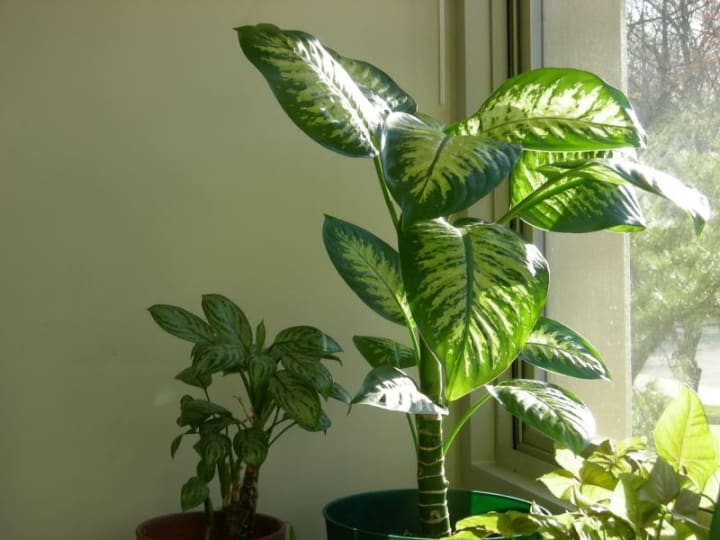
The sap of the Dieffenbachia plant can cause skin irritation, burns, choking, and difficulty breathing.The sap of the Dieffenbachia plant can cause skin irritation, burns, choking, and difficulty breathing.
The evergreen plant is commonly grown as an indoor ornamental plant. If you accidentally eat the wrong leaves of this plant, it will lead to burning of mucous membranes and skin damage. If you accidentally let the plastic stick to it, it can cause skin allergies, burns, choking and difficulty breathing. Even more seriously, the plant can be deadly if exposed to too much sap.
21. Anthurium
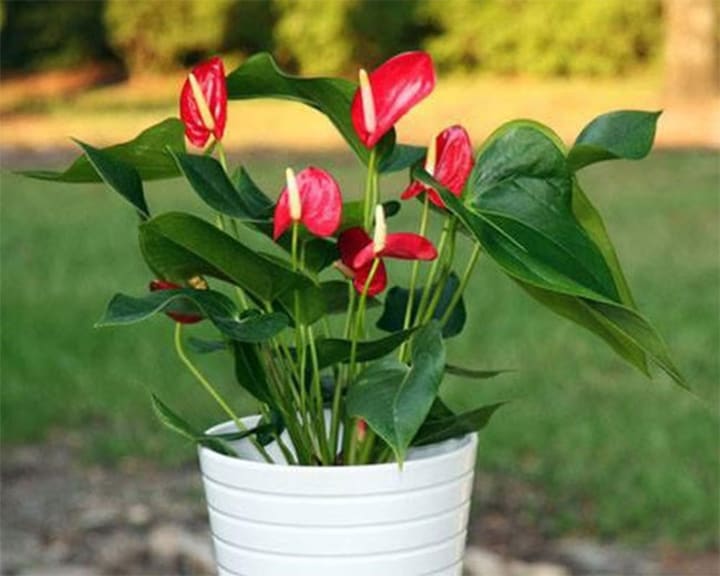
The eye-catching appearance and air-purifying properties of Anthurium make them one of the most popular ornamental plants in Vietnam.
According to scientific evidence, anthurium is a poisonous plant, containing saponins and calcium oxalate crystals, which can penetrate the digestive mucosal membranes, causing a burning sensation.
If you accidentally eat anthurium leaves, you will experience swelling of the mouth and irritation in the throat. Leaves and other parts of anthurium when placed close to the skin can cause rashes and blisters.
22. Five-color flower
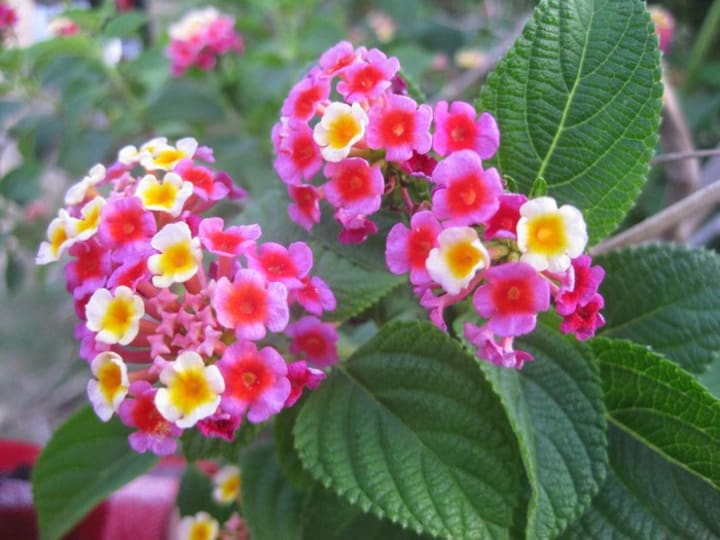
The five-colored flower is also known as guava pineapple, guava brooch, four-quarter flower, four-time flower, single horse, grape guava, guava flower, and the Tay people call it house gas mu. Five-colored flowers grow wild in many places. Nowadays, people often plant them in pots as ornamental plants, because this plant flowers all year round. Flowers come in many colors such as orange, yellow, red, pink... grow in beautiful spherical clusters.
However, the fruit of the five-color flower tree contains the toxic alkaloid lantanin or lantadene A, which causes intestinal burns, muscle relaxation, or circulatory disorders in people who eat it.
23. Rhododendron
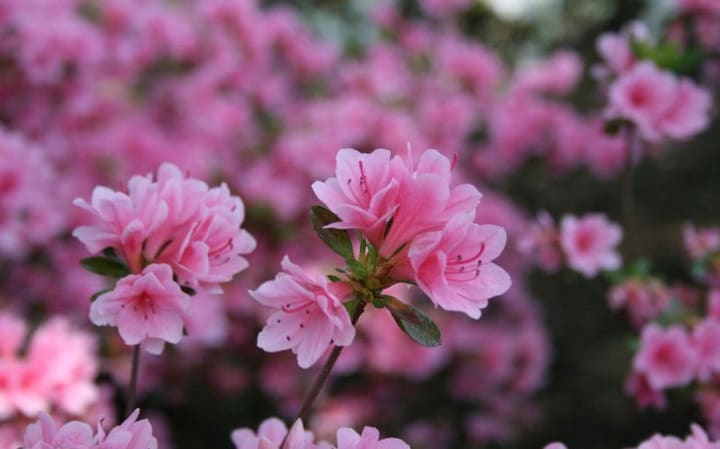
Azalea is a flower with strong vitality, whether the environment is arid or wet, they can still survive. In addition, azalea flowers have a warm, intimate and brilliant beauty that everyone loves.
Azalea flowers are often grown as indoor ornamentals because this plant has the ability to absorb toxins such as sulfur dioxide, nitric oxide, nitrogen dioxide, radioactive substances and other toxic gases, and can clean air. However, azalea itself also contains a lot of toxins, especially white-flowered azalea and yellow-flowered azalea.
If you eat azalea, even a small amount is enough to cause poisoning, vomiting and difficulty breathing. Therefore, if you plan to plant azalea, remember to keep it out of reach of children and the elderly.
24. Aloe vera (aloe vera)
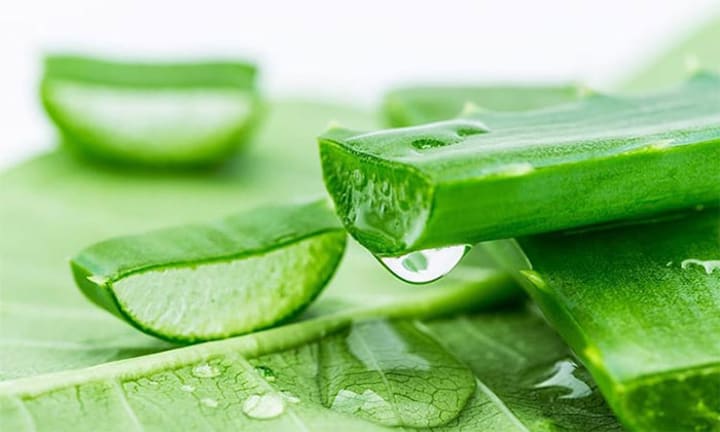
This is a very familiar plant, widely used for beauty care, cooking tea, etc. However, this plant is classified by Oriental medicine practitioners as a laxative and diuretic. People with heart disease should not use aloe vera because it can cause arrhythmia. Aloe vera resin, if used in high doses, can cause poisoning, itchy skin, dizziness, and gastrointestinal bleeding. Pregnant women should not use aloe vera because it has the potential to cause miscarriage.
25. Starfish cactus
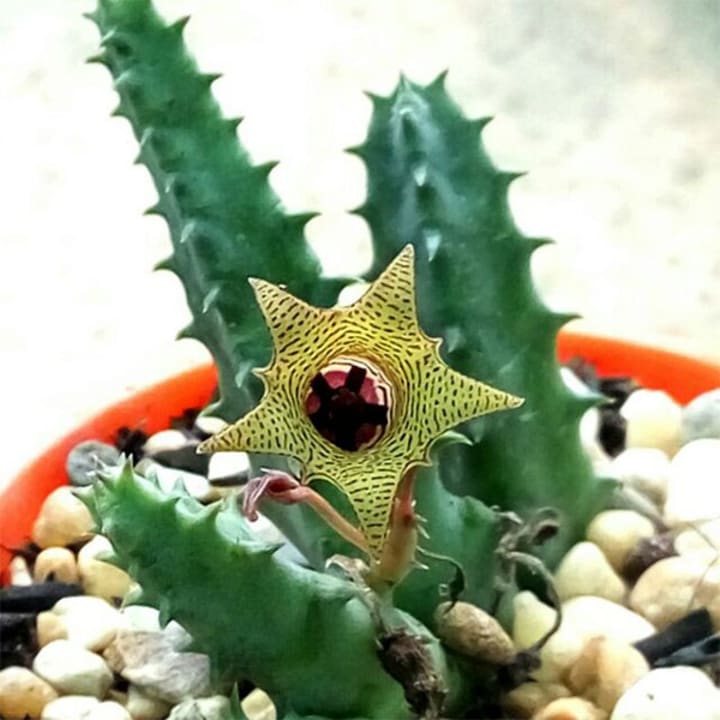
The extremely small particles it emits are extremely harmful to the human body and can cause dizziness and fainting.
26. Mountain laurel
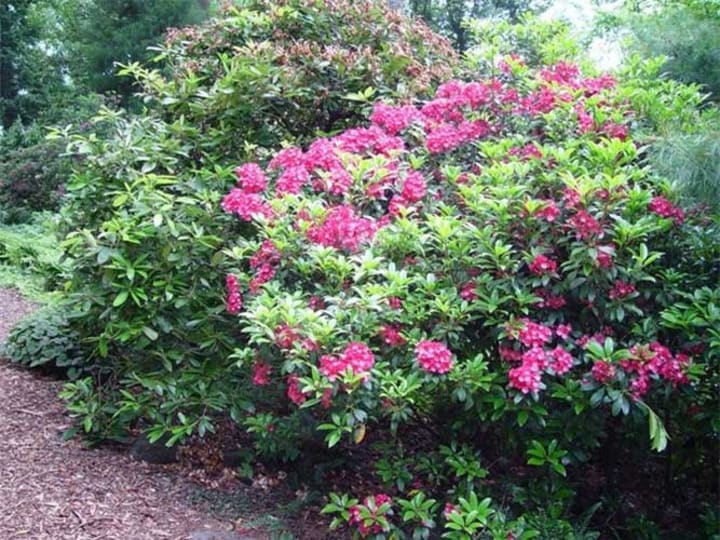
Mountain laurel, scientific name Kalmia latifolia, has beautiful pink and white colors and blooms near the end of spring. This is a typical flower for beautiful but poisonous flowers. The flower contains two main toxins: andromedotoxin and arbutin.
First, these toxins can make the heart beat slow and fast at the same time in different areas, causing serious problems, eventually the heart stops beating and the victim dies.
27. Dog bait flower
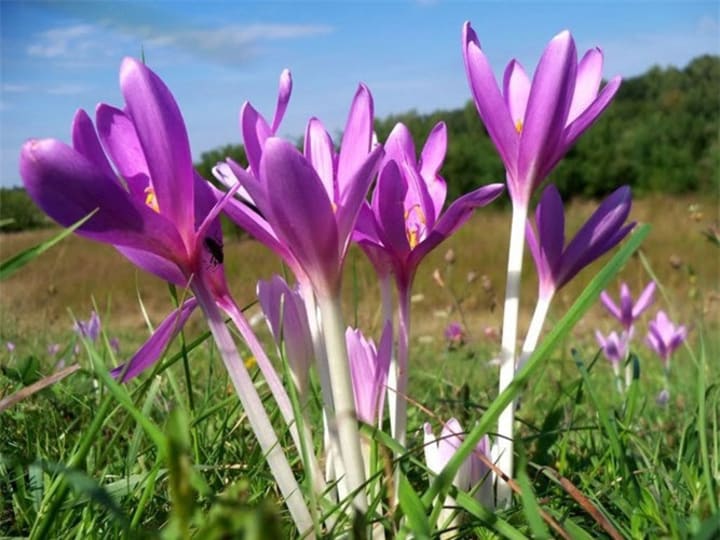
Colchicum Autumnale, scientific name is Colchicum Autumnale, this plant is found throughout the UK, present in both Europe and New Zealand. The name says it all, this plant has extremely poisonous flowers that can kill people and animals.
The main toxin in the dogbane flower is colchicum, the symptoms of poisoning are similar to arsenic poisoning, the effect is slow but there is no antidote, the victim will suffer a painful death if poisoned.
28. Chi Van Mon
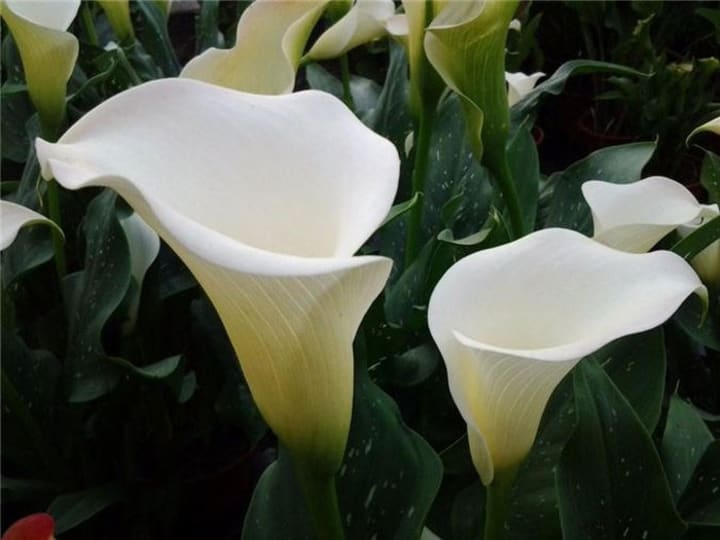
Genus Van Mon, this is a beautiful plant, previously only found in Antarctica, but has now been bred and grown in many places.
The flowers of this plant contain calcium oxalate, a strange toxic substance that can form needle-shaped crystals floating inside your internal organs. Just a small dose of calcium oxalate can kill you, so stay away from this plant.
About the Creator
Ken Daklak
Telling stories my heart needs to tell <3 life is a journey, not a competition
If you like what you read, feel free to leave a tip,I would love some feedback
https://s.shopee.vn/pa9mXcwE?share_channel_code=8
Enjoyed the story? Support the Creator.
Subscribe for free to receive all their stories in your feed. You could also pledge your support or give them a one-off tip, letting them know you appreciate their work.






Comments
There are no comments for this story
Be the first to respond and start the conversation.